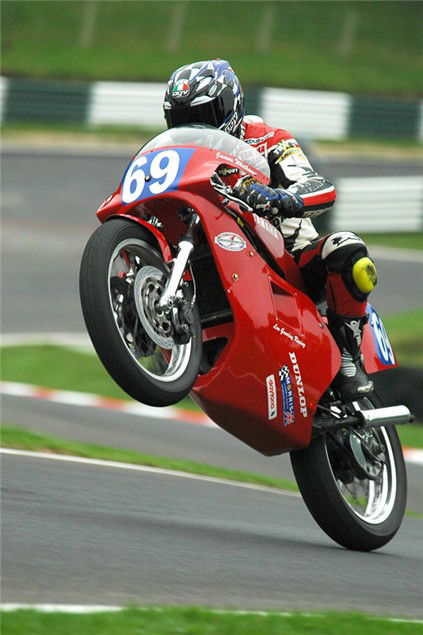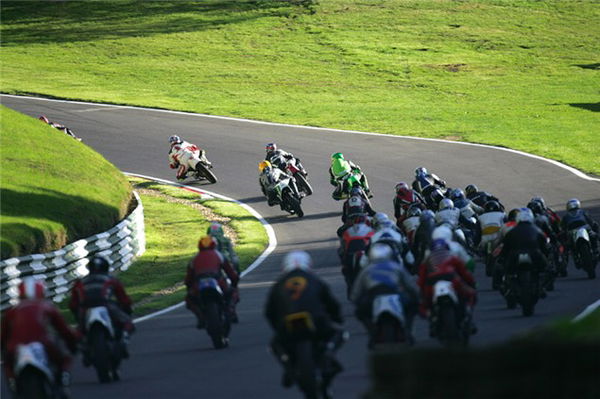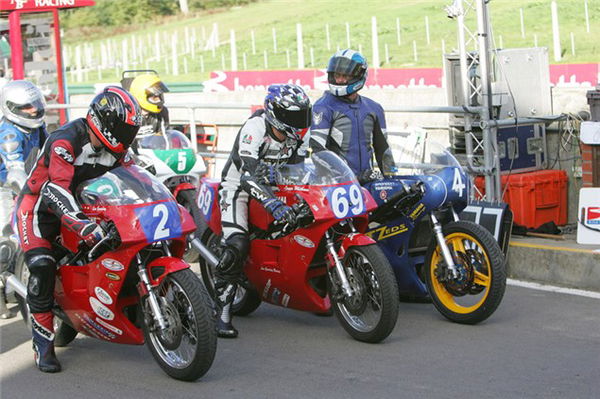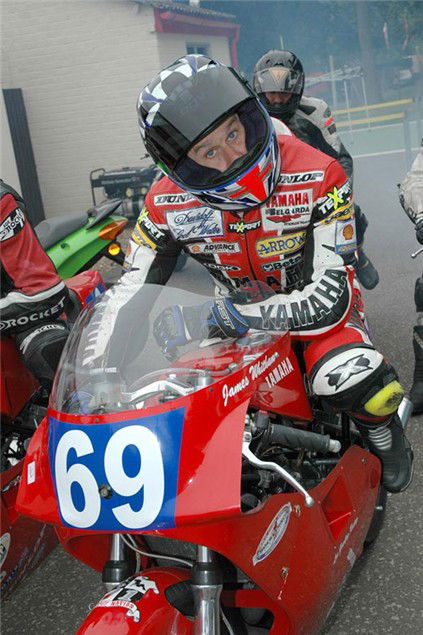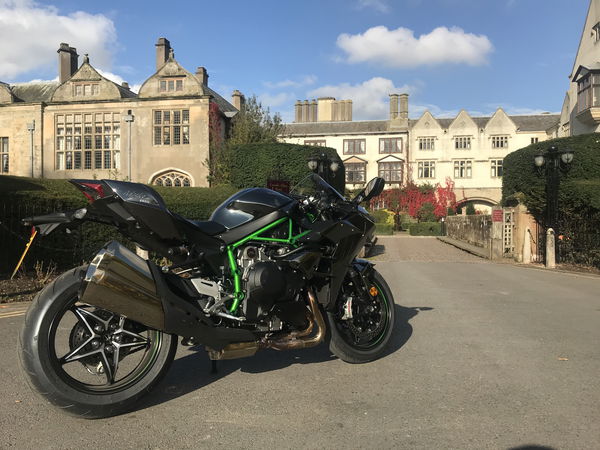Used Test: Yamaha TZ350
James has been scratching around Cadwell on a Yamaha TZ350

The last time I rode a TZ350 was in the early 80s. I never actually owned one, but a mate, Pete, did. At the time I was a pimply youth in my second season of racing on an MT125 Honda. With the 125 you normally got three races in a day, but if you owned a 350 it was possible to enter six or eight.
Back then, Pete seemed positively geriatric at the grand old age of 28 and it was no surprise to me that he was always too tired or confused to ride all his races. Sometimes he'd ask if I wanted to take a couple of his rides. I always did. If there were time, I'd do the job properly and trot down t'paddock office, fiver in hand to fill in a 'change of rider' form. If time was a bit short I'd just borrowed Pete's helmet, which was at least three sizes too big, and pulled up onto the grid with the visor down pretending to be him.
Compared to my 26bhp Honda the 64bhp TZ seemed like an over-powered monster - I couldn't imagine bikes could get any faster.
Fast-forward 25 years and I'm back at Cadwell to ride the same model TZ in a round of the International Classic Grand Prix series, organised by 70s 250GP star Eric Saul. With rounds in several European countries, the championship is open to pre-1984 250 or 350cc racing two-strokes. My ride was the spare bike of one Lee Gourlay, who, without question, is the fastest rider in the country on a TZ.
The first discovery I made was just how small these bikes feel. Seat-to-handlebar distance is normal, but the whole bike feels very narrow. But the seat-to-footrest distance, jeez, it felt like getting onto a kid's bike.
Next revelation: just how much two-strokes of this era vibrated. By the time I'd ridden to the assembly area for practice I'd developed white finger and I had this warm, numb feeling around my lower torso. Andrea said it sounded like when she had an epidural; felt to me like I had a mild bladder weakness.
On track I found that a TZ is still fairly sharp. 64bhp doesn't sound a lot, but when you consider that the bike weighs only 118 kilos and those 64 horses are squeezed into about three or four thousand revs then you can imagine how lively it feels. The geometry is also surprisingly good. The bike steers and turns really well, but is let down by the basic suspension. At some points on the track, the faster sections, the front-end chatter was enough to loosen my fillings. With the standard forks only having adjustment for preload, fine-tuning is a matter of draining the oil and replacing it with a different grade. Going to heavier oil solved 50 per cent of the problem.
The rear shock too has adjustment for preload and compression only, but to be fair it didn't feel bad. A couple of turns of preload to stop it sitting down at the bottom of the mountain and we were good to go.
The racing? I qualified second behind Gourlay and was running third when a silencer broke. That's one of the problems with racing these old bikes rather than just 'parading': 25 years of fatigue means they break occasionally.
I know it doesn't sound like it here, but I enjoyed everything about my ride. The sound, the smell, the smoke, the vibration, being told, "they all do that", and having to ride round the problems. Everything."
Yamaha TZ250/350
Built: 1973–’81 (350) 1973–date (250)
Basis: Long running, purpose built racers, evolved from air-cooled TDs (from 1961). Water-cooled twin-cylinder, six-speed, two-strokes. First 250 weighed 110kg, latest 104kg. Originally a parallel twin, in 1988 it became a reverse-cylinder twin, in 1991 a V-twin
Power: 250s: 51bhp in 1973, 80bhp now
Race pedigree: Fewer world championships than you may think – Walter Villa on a ‘Harley-Davidson’ then Kork Ballington and Anton Mang on Kawasaki KRs beat the TZ hordes. However the likes of Carlos Lavado did sneak a few through, and countless national titles around the world would fall to happy privateers TZs
